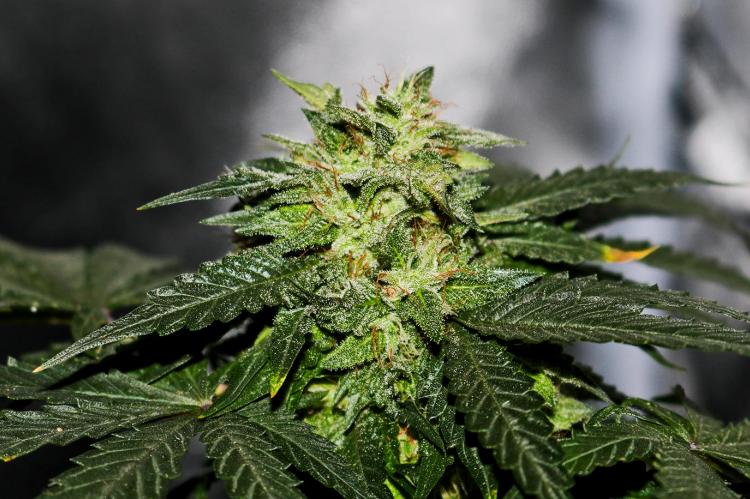Hemp or marijuana? THC scanner can say in seconds
A new scanner can quickly determine whether plants are hemp or marijuana without damaging the product, say researchers.
Hemp is technically legal in Texas, but proving that hemp is not marijuana can be a hurdle, requiring testing in a licensed laboratory. So, when law enforcement recently detained a truck carrying thousands of pounds of hemp near Amarillo, Texas, the driver spent weeks in jail awaiting confirmation that the cargo was legal. Events like these inspired the researchers to create the device.
THE MAGIC THC NUMBER: 0.3%
In 2019, Texas lawmakers made a distinction between hemp and marijuana based on the level of THC, or tetrahydrocannabinol, in a plant. THC is the major psychoactive agent in marijuana. If a plant has less than 0.3% THC, it is designated hemp.
Both federal and state restrictions on hemp have loosened in recent years. As a result, the value of hemp has skyrocketed, says Dmitry Kurouski, assistant professor of biochemistry and biophysics at the Texas A&M University College of Agriculture and Life Sciences and lead author of the paper in RSC Advances.
Hemp is rich in compounds prized for their medicinal properties and flavor. The most well-known is CBD, or cannabidiol, thought to help with pain, anxiety, and depression.
But farmers wanting to grow valuable hemp plants need a way to know that the plants contain little to no THC. When it becomes legal to grow hemp in Texas later this year, producers will want to know if their plants’ THC levels are approaching 0.3%, which would classify the plants as marijuana and therefore illegal to have and grow.
An easy test for THC would be a boon for farmers as well as for law enforcement, experts say.
THC FINGERPRINTS
The catalyst for creating the hemp scanner was David Baltensperger, professor of soil and crop sciences at the Texas A&M University College of Agriculture and Life Sciences, according to Kurouski, who says Baltensperger had worked with both farmers and police officers and knew about the demand for a better test for THC.
Kurouski’s lab had used Raman spectroscopy to create quick and noninvasive tests for plant diseases and foods’ nutritional content. The technique uses harmless laser light to illuminate structures within materials. Each material’s scan is unique, akin to a fingerprint.
Kurouski had a hunch that he and colleagues could use Raman to create a quick and accurate test for THC. Lab members Lee Sanchez, a research assistant, and Charles Farber, a graduate student, had created a portable Raman scanner for previous studies.
Researchers just needed a way to scan several marijuana and hemp plants in order to search for patterns in how their Raman spectra differed.
1 SECOND AND 100% ACCURACY
Testing dozens of samples of marijuana and hemp took place near Denver, where recreational marijuana is legal.
Back in Texas, Sanchez and Kurouski analyzed the collected spectra. A statistical analysis method found seven regions in the spectra that differed slightly among marijuana and hemp varieties, a high-tech version of the “spot the difference” brain teaser. Taken together, the readout in these seven regions distinguishes hemp and marijuana with 100% accuracy.
“We know plants from A to Z in terms of their spectroscopic signature,” Kurouski says. “But when we saw such a crystal-clear picture of THC that appeared in one second of spectral acquisition, that was mind-blowing.”
WHAT’S NEXT?
Now that the team demonstrated its quick, noninvasive test for THC, they are looking to collaborate with industry to mass-produce their hemp scanner. Mass production could feasibly begin in two or three years, Kurouski says.
The team also aims to create a similar test for CBD. Farmers looking to grow hemp may want to know the amount of CBD in their plants to better estimate their value.
The study also showed the scanner’s ability to distinguish among different varieties of hemp and marijuana. In the changing legal landscape, thousands of varieties of cannabis exist, many of questionable quality.
“Our colleagues, the farmers, were positively surprised that we could identify the variety with 98% accuracy,” Kurouski says. “That blew them away.”
- Log in to post comments

